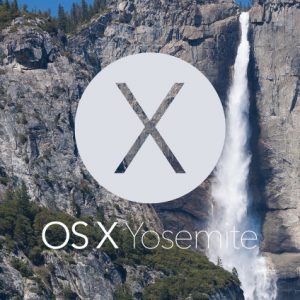November 4, 2014
What’s the deal with Yosemite?

After months of hype, Yosemite, Apple’s latest OS X version, finally dropped three weeks ago. Since everybody knows that I update my software as soon as it’s released, I instantly got calls and emails asking whether it was OK to update to it, so I installed it shortly after it was released.
After the installation, I tested my applications and utilities to see what worked and what didn’t. The only major snag I encountered was Dropbox. I downloaded the newest version of Dropbox, but it still didn’t work. (This glitch has since been rectified; click here to download the most recent version of the Dropbox for Mac installer.)
Other than that, everything operated similarly as it did in the previous OS, though some sites have reported that some features of Adobe CS3 (the version I currently use) are incompatible with Yosemite. But I’m not an Adobe power user, so if you’re still working with CS3, then do your homework before updating. I’ve also had a couple of glitches with may be related to the upgrade. (Or maybe not.)
OK, so what is the big deal with Yosemite?
Graphical Interface: If you think that your Mac’s screen is looking more and more like your iPhone or iPad, you’re not imagining things. There are more translucent windows, a cleaner font appearance and changes in most of the Apple application icons (iTunes, Mail, FaceTime, Calculator, etc.)
This aside, there are some applications and utilities that don’t work, including early versions of Quicken, Dropbox and other Power PC-based programs, though there seems to be updates for all of these. Apple has also discontinued some of its applications, including Front Row, iSync, Sherlock and iChat (now called Messages).
Yosemite’s big claim to fame is its “Continuity” feature. Users can answer phone calls on any of their devices (Macintosh Computer, iPad, but this can be disabled), as well as being able to “pick up on where they left off” when continuing work on a different device.
For example, starting a Numbers document on your Mac at work can be completed on your iPad at home. The same goes for composing an email. (Note that this continuity only works with Apple software – the feature doesn’t work Microsoft and other third-party software).
I don’t know if that’s a definite “need” for users. In other words, it seems that this feature wasn’t designed to fill a gaping hole, but was created to be something “neat” that users may want to do, at least a couple of times.
Yosemite system requirements here.
